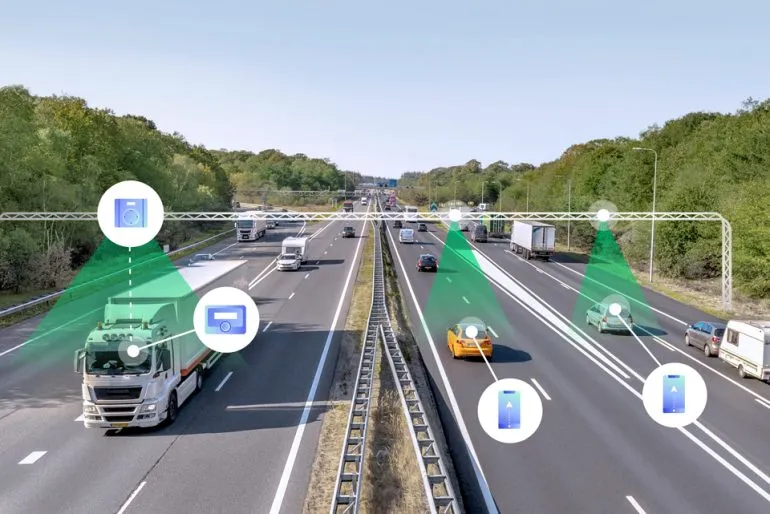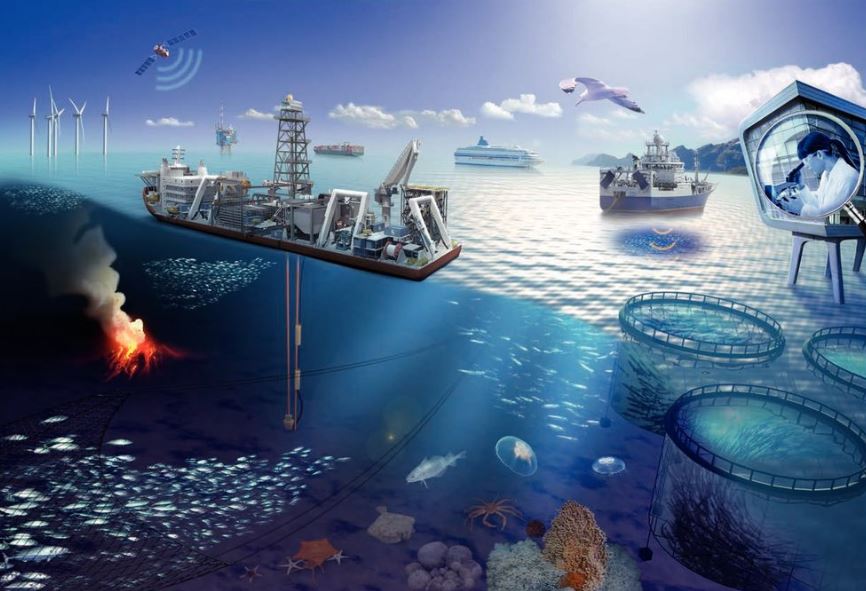Font size:
Print
Climate Crisis and Mental Health
Climate Crisis: A Rising Toll on Lives and Minds
Context: According to projections by the World Bank, the climate crisis could claim around 15 million lives by 2050. These figures reflect the broad range of climate-related health impacts, but they barely scratch the surface of the psychological burden borne by communities across the globe.
More on News
- As the global climate crisis deepens, its devastating impact on human health is becoming increasingly evident.
- While much attention has been directed toward visible health effects like asthma, allergies, and heat stress, an equally critical — though often overlooked — dimension is the profound toll climate change takes on mental health.
The Unseen Strain on Mental Health
- The Intergovernmental Panel on Climate Change (IPCC), in its Sixth Assessment Report, has acknowledged the increasing strain the climate crisis places not only on global physical health but also on regional mental well-being.
- The psychological cost — often hidden in clinical diagnoses, emotional distress, and unreported trauma — has been largely erased from mainstream policy and planning.
- This omission is deeply concerning when viewed against the backdrop of a world where close to one billion people already live with mental health disorders. The psychological impacts of climate change are emerging as a public health emergency in their own right — demanding stronger measurement tools, wider awareness, and responsive care frameworks.

Heat, Inequity, and the Mental Health Divide
- Rising temperatures disproportionately affect the poorest and most vulnerable. People working outdoors or in poorly ventilated spaces — such as construction workers, farmers, and street vendors — face the brutal dilemma of choosing between exposure to extreme heat and loss of income.
- The stress of such choices, compounded by inadequate infrastructure and healthcare access, deepens the mental health crisis.
- Research also suggests that psychiatric patients are especially vulnerable to heat-related stress, while a 2021 study shows that higher nighttime temperatures impair sleep quality, which in turn worsens anxiety and depression.
- Meanwhile, the risk of PTSD (post-traumatic stress disorder) following climate-induced disasters like floods, droughts, and wildfires is rising — and could become one of the most significant health outcomes of the climate crisis by 2050.
Eco-Anxiety: A Growing Phenomenon
- A new term is entering the public lexicon: eco-anxiety. Defined by the American Psychological Association (APA) as “the chronic fear of environmental cataclysm,” eco-anxiety reflects a widespread unease about an uncertain future.
- In a landmark 2021 Lancet survey of 10,000 people aged 16-25 across 10 countries, nearly 60% of respondents reported being highly worried about the climate crisis. More than 45% said that their concerns negatively affected their daily functioning, including their ability to work, study, or sleep.
- This form of anxiety — while rational — is not evenly distributed. J
- ust as climate change worsens existing inequalities, the mental health burden also falls hardest on underserved, marginalised communities.
- These include people with pre-existing mental health conditions, women (especially during pregnancy or postpartum), children, Indigenous communities, and those living in ecologically fragile or resource-dependent regions.
Climate Change, Inequality, and Health Systems
- The climate crisis is a threat multiplier, exacerbating structural inequality and overwhelming fragile health systems. It affects the most vulnerable — particularly in the Global South — where healthcare access is already strained.
- Communities living on the frontline of environmental disruption are more likely to experience stress, trauma, displacement, and food insecurity, all of which heighten mental distress.
- Climate change also affects social determinants of mental health: housing, employment, access to green space, and social cohesion. These connections mean that any meaningful approach to climate adaptation must include strategies to support psychological well-being.
Hope Through Climate-Smart Design
- Despite the dire predictions, there is hope. Climate mitigation and adaptation policies can improve mental health outcomes if designed with inclusivity and resilience in mind.
- Green infrastructure projects not only cool cities but offer spaces for social connection and physical activity, both of which support psychological well-being.
- Public transportation improvements can reduce stress and improve access to jobs and services.
- Energy-efficient housing helps reduce financial strain on low-income communities and shields them from the effects of heat and cold.
An inspiring example is the Parques del Río Norte project in Medellín, Colombia. This initiative protects flood-prone, low-income communities, increases per capita green space, and reduces emissions — while simultaneously fostering mental health and community well-being.
Collective Action and a Vision for the Future
- History shows us that coordinated global action can make a difference. The successful reduction of ozone-depleting substances — once viewed as an insurmountable environmental challenge — proves that transformation is possible.
- Emissions of those substances have since dropped by more than 99%, offering a beacon of hope.
- The fight against climate change is also a fight for psychological resilience and optimism. While anger, anxiety, and despair are valid responses to the scale of the crisis, there must be space for meaningful action, community healing, and systemic change.
- The mental health effects of the climate crisis are real, rising, and unequally distributed. As we respond to the environmental emergency, mental well-being must be part of the core strategy. We need a climate of care—where resilience means both reducing emissions and protecting the minds and emotions of the people most affected.


